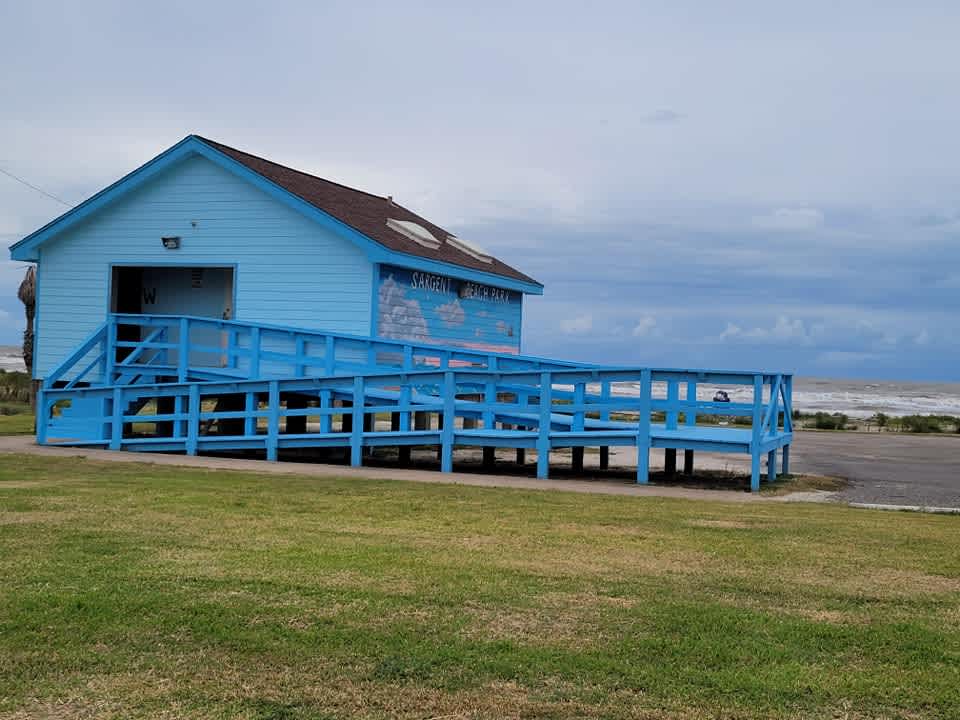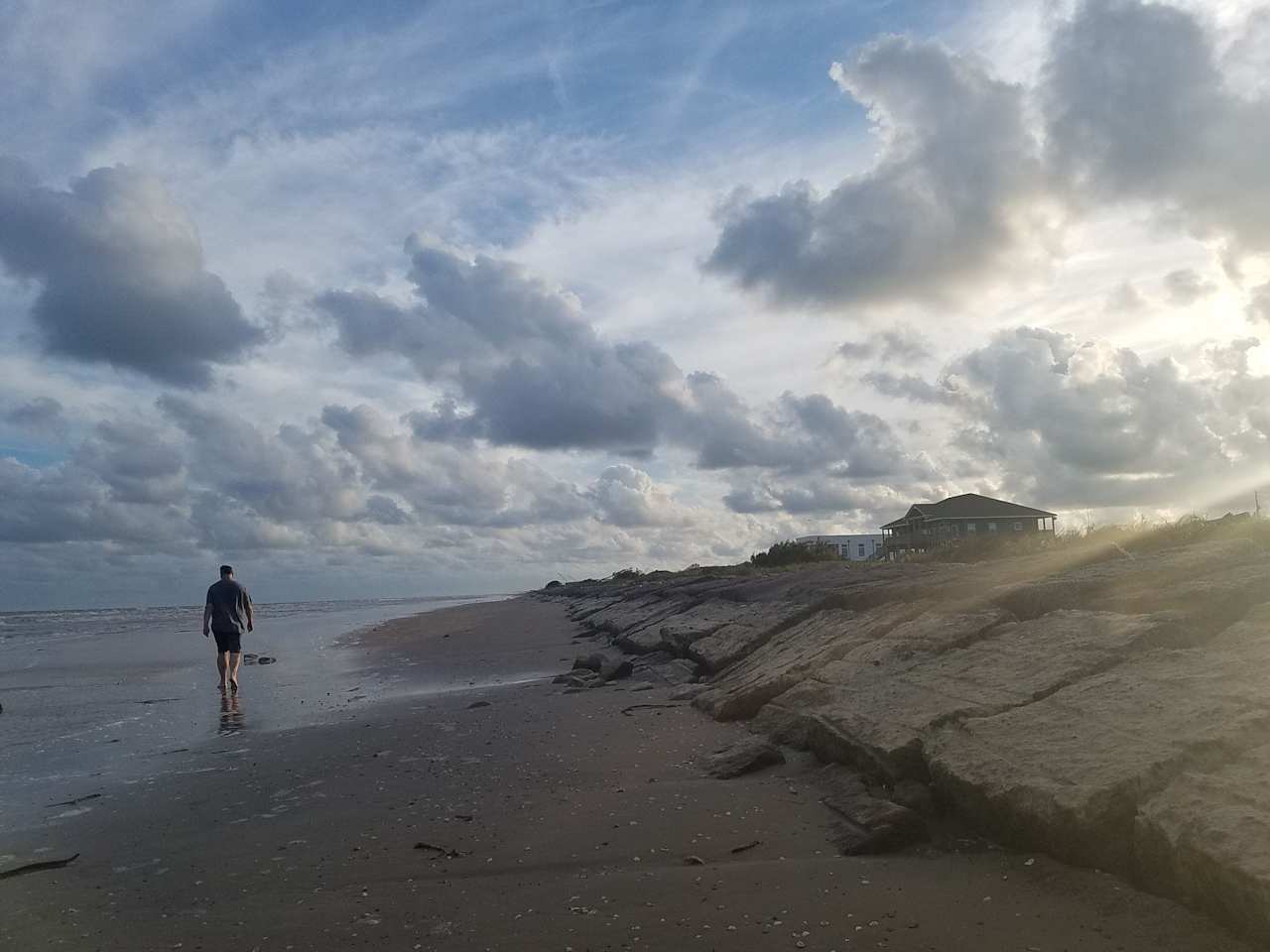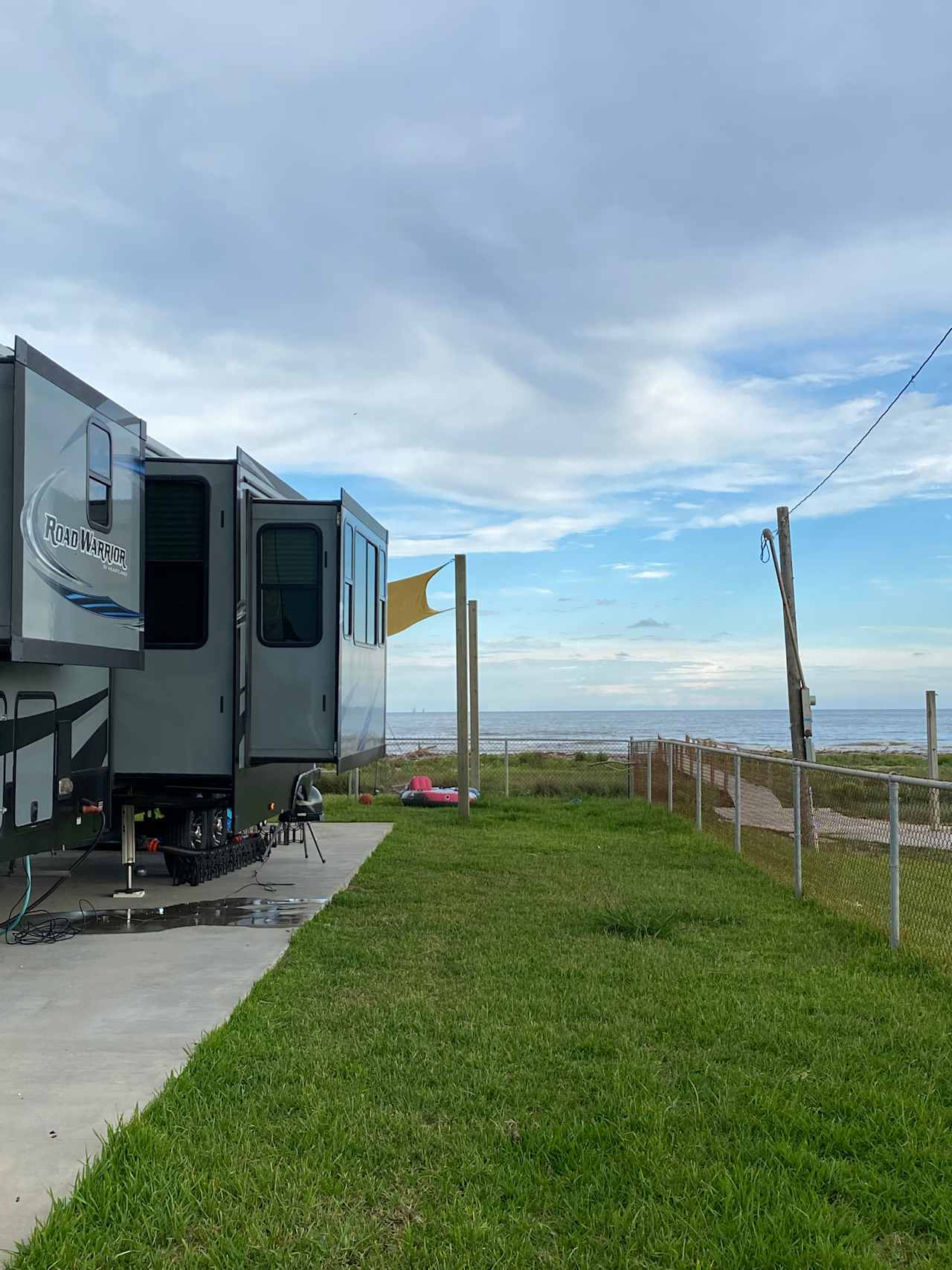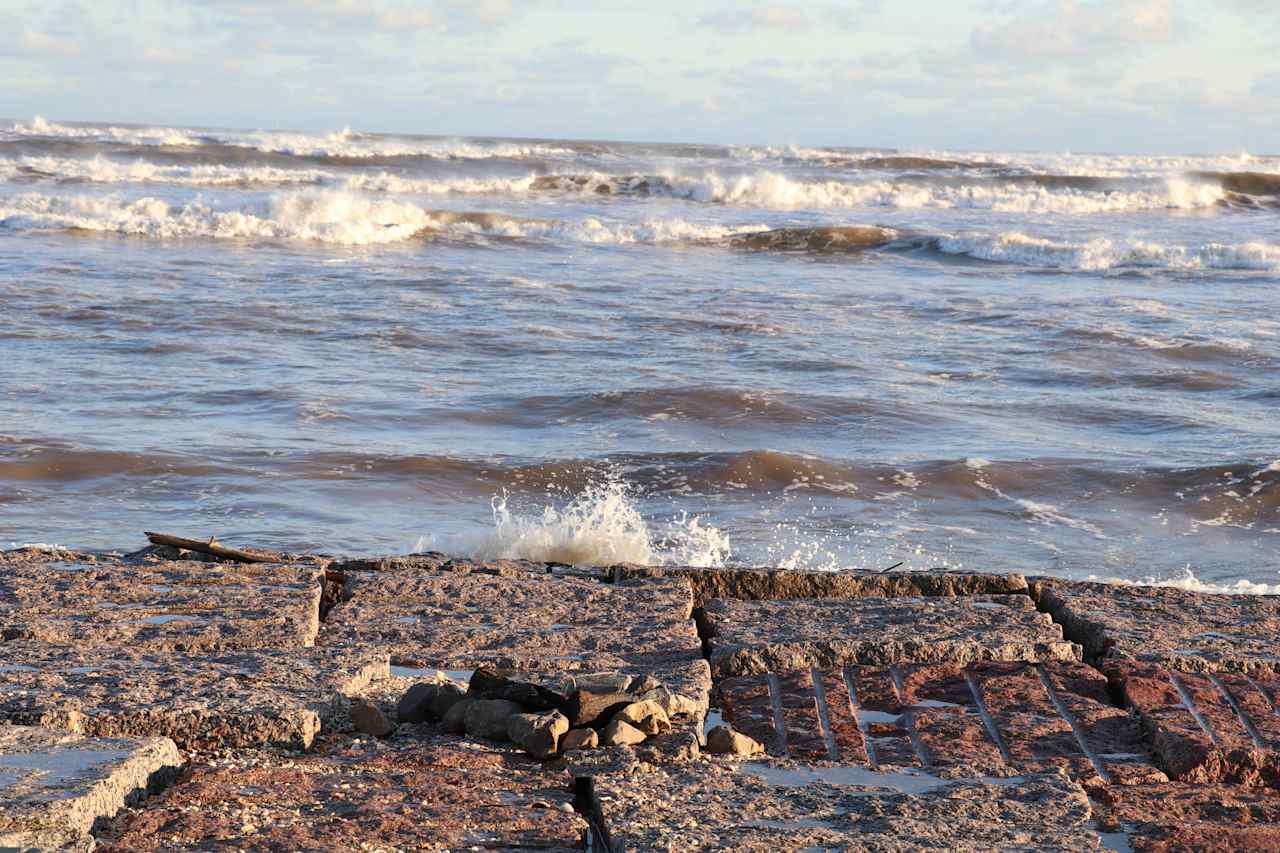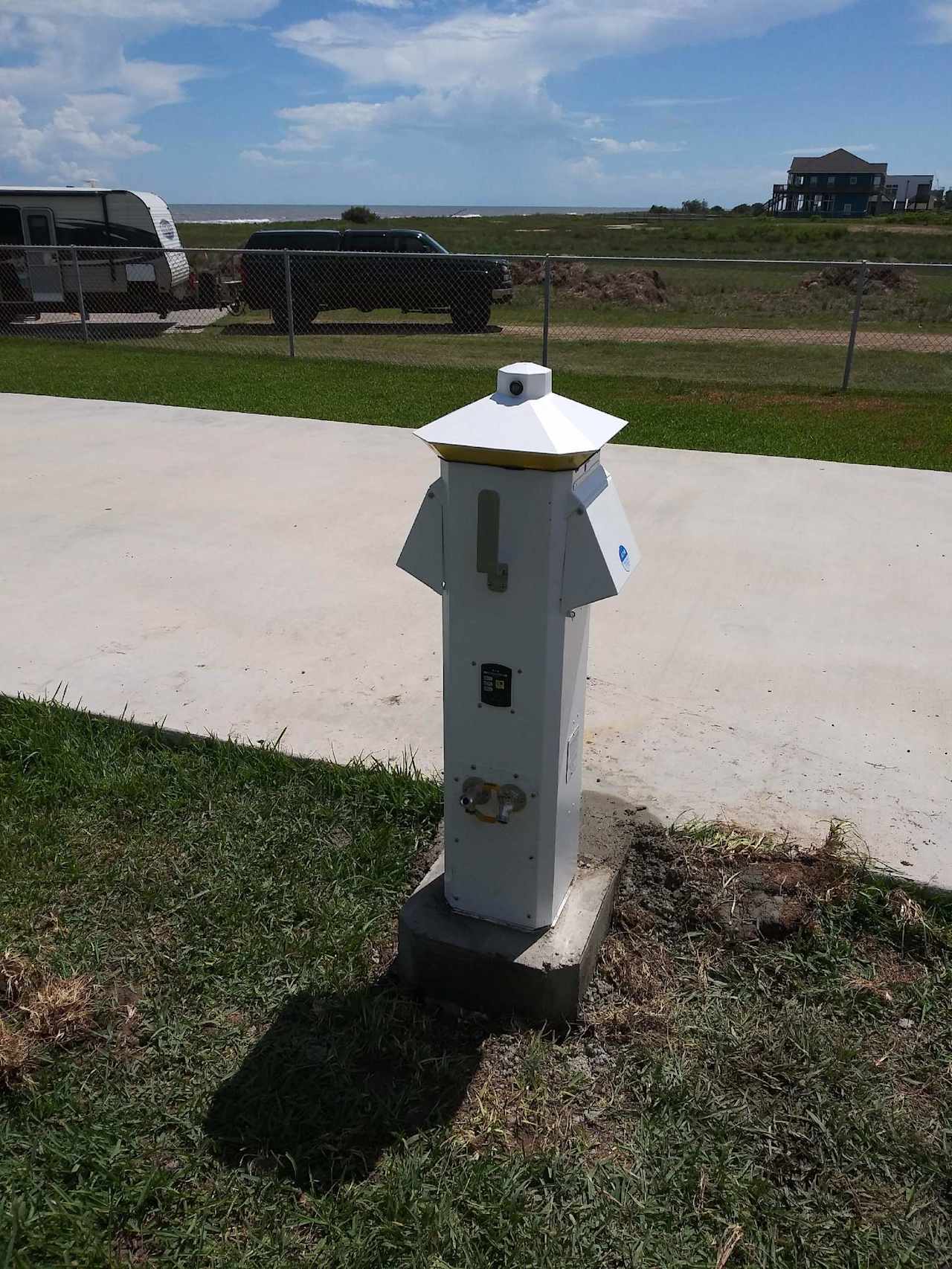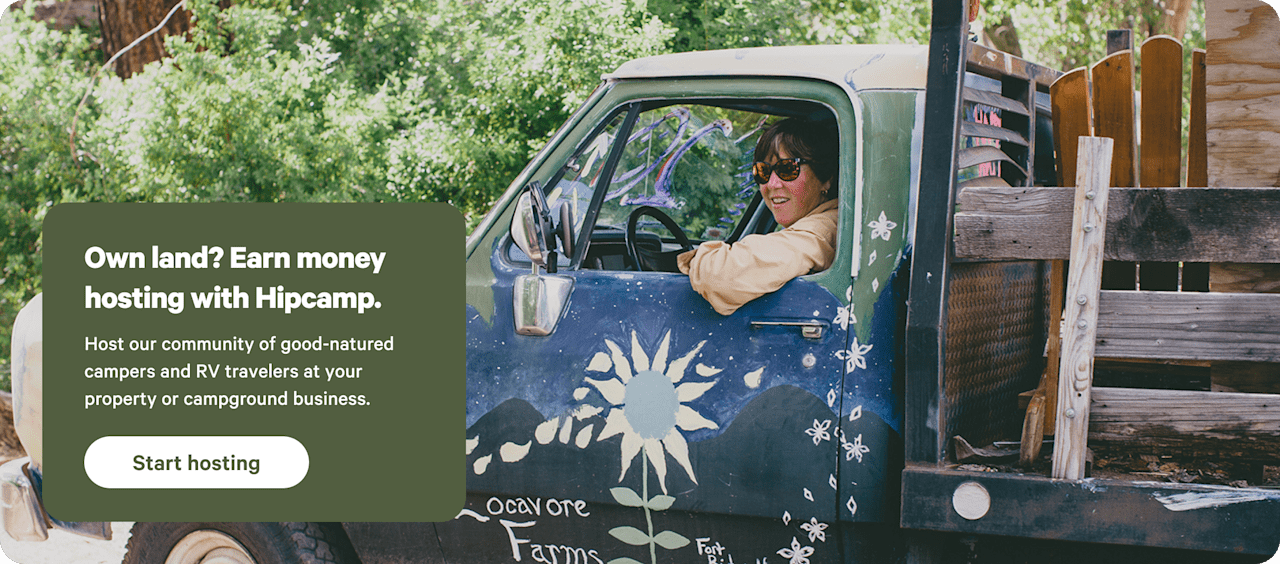Beach camping near Matagorda with hiking
Sandy beaches, shorebirds, and sea fishing await at the mouth of the Colorado River.
- Matagorda
Popular camping styles for Matagorda
2 top beach campgrounds near Matagorda with hiking
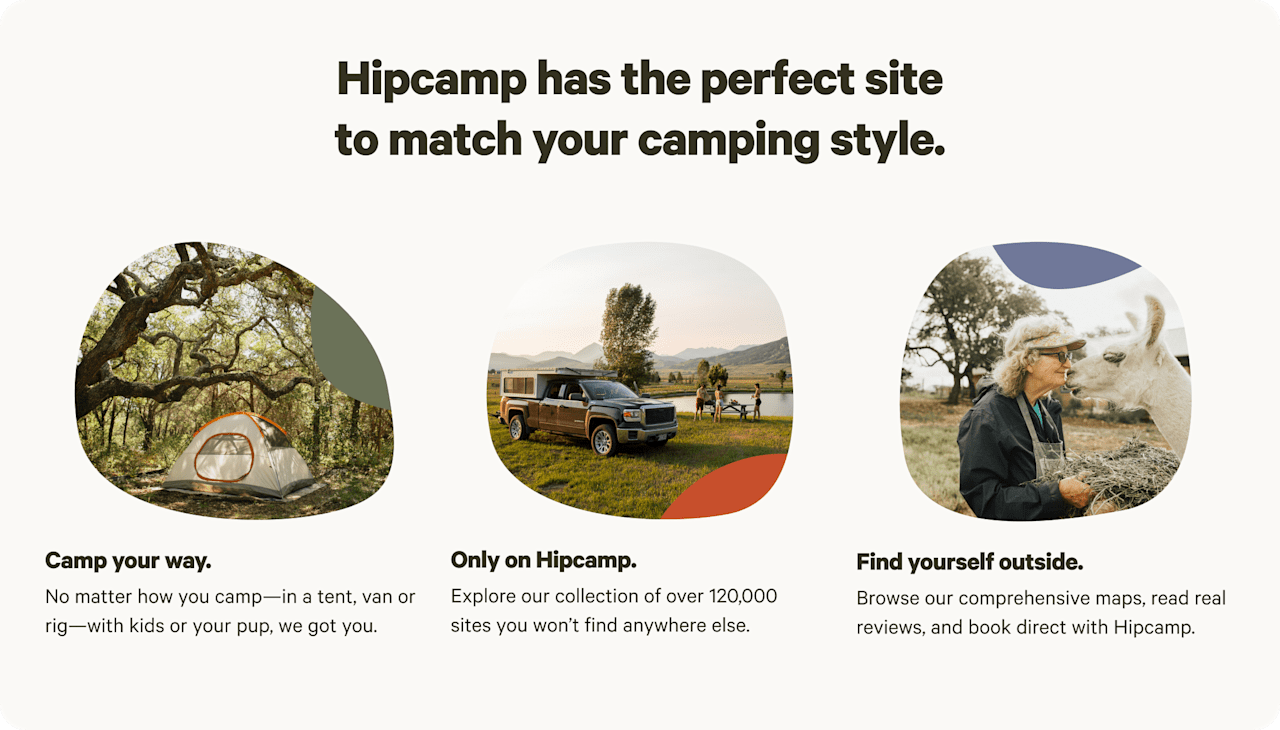

Beach camping near Matagorda with hiking guide
Overview
The Colorado River meets the Gulf Coast at Matagorda, and these vast wetlands are made for exploring. Rivers and creeks flow down to the seashore, where beaches, coastal lagoons, and sand dunes stretch along the coast. Whether paddling the waterways by kayak, hitting the surf, or cruising the coast, getting on the water is a must. Sink your wheels into the sand for a drive along Matagorda Beach, where you can camp right on the beach, or check in to one of the many RV parks. Bring your binoculars and your fishing tackle—Matagorda is a paradise for fishing and bird-watching.
Where to go
Matagorda Bay
Fifty-eight miles of beaches stretch along the Matagorda peninsula, and campers can enjoy primitive camping along much of the seashore. Around 22 miles are accessible by vehicle, but you’ll need a boat to explore further afield. Fishing, kayaking, and surfing are the main activities along the beaches and tidal marshes, while bird-watchers will want to add the Mad Island Marsh Preserve and Matagorda Bay Nature Park to their itinerary.
Galveston Bay
East of Matagorda, coastal wetlands stretch along the coast to Galveston Bay. Nature walks and bird-watching opportunities abound in the San Bernard and Brazoria National Wildlife Refuges, while primitive camping is possible within the Justin Hurst Wildlife Management Area. Campers will find numerous options along Galveston Island, but for the best views, park your RV or pitch a tent by the beachside in the Galveston Island State Park.
South Houston
Urban campers have options around Houston, and camping to the south and West of the city is the best way to avoid the crowds. Riverside campgrounds dot the banks of the Brazos River, where you can camp on a working cattle ranch or choose from RV sites, group camps, and cabins in Stephen F. Austin State Park. There’s also RV camping with electric hookups as well as primitive camping in Brazos Bend State Park.
When to go
When the summer heat kicks in, the Gulf Coast is the best place to cool off from the Texan sun. Summers stretch from May through September, and this is peak season, so reserve campgrounds well in advance. The Gulf waters are often warm enough for swimming and water sports in spring and fall, while winter temperatures are still mild enough for camping along the coast. Birding opportunities are best during the spring and fall migrations.
Know before you go
- You’ll need your own transportation to get to and around Matagorda—better yet, bring your boat. A 4x4 is recommended for beach driving, and a 15mph speed limit is in place along Matagorda beach.
- There are shops in town where you can pick up groceries, camping supplies, and fishing bait and tackle. Bring everything you need with you if camping along the beach.
- Tent and RV camping is permitted on the beaches in Matagorda. An annual beach vehicle permit is required for driving on Matagorda Beach, but there are no additional camping fees.
